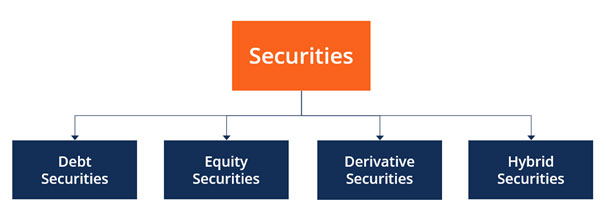

Payment security involves the steps businesses take to make sure that their customers' data is protected and to avoid unauthorized transactions and data breaches. Important aspects of payment security include following protocols such as PCI Compliance and 3-D Secure (3DS).
Websites protect payment information by encrypting the data before transmitting it. Two major protocols accomplish this encryption — Secure Sockets Layer (or SSL) and Transport Layer Security (or TLS). TLS is the newer protocol, with stronger encryption algorithms.
the importance of security in online payment processing cannot be overstated. By investing in secure payment processing systems and complying with industry standards, businesses can protect their customers' financial information, build trust, and reduce the risk of fraud and data breaches.
Secure Sockets Layer (SSL) and Transport Layer Security (TLS) protocols encrypt the online connection between the browser and the server, creating end-to-end protection for sensitive information. These security measures ensure the secure transmission of customer data collected by a payment gateway.

With digital payments, funds are immediately and automatically transferred directly to the merchant's bank account, removing them from on-premises locations and placing them behind an extremely tight security apparatus.
Contactless payments are actually safer than regular ones. The reason for this is because consumers identify themselves through a biometric systems or a PIN number, and the mobile payment system generates an individual security code for each transaction.
NFC-enabled card payments are more secure than traditional swiped transactions. And with payment security solutions like encryption and tokenization, there's a reduced risk of theft of the physical card and actual card numbers.

When combined, administrative, technical, and physical controls provide a layered approach to security that is essential to protect business assets from potential threats.
There are four main types of security: debt securities, equity securities, derivative securities, and hybrid securities, which are a combination of debt and equity
